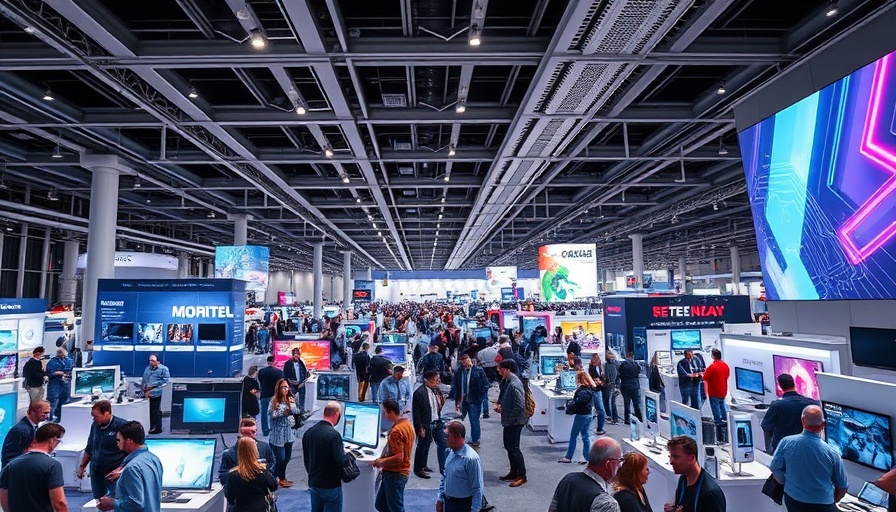
AI Revolutionizes CVE Analysis with Intruder's Intel Platform
In an ever-evolving cybersecurity landscape, the need for precise and timely information is paramount. Intruder, a front-runner in attack surface management, has introduced an innovative enhancement to its free vulnerability intelligence platform, Intel, by integrating AI-generated descriptions for Common Vulnerabilities and Exposures (CVEs). This groundbreaking upgrade seeks to alleviate a significant challenge faced by cybersecurity professionals—the often ambiguous and technical descriptions provided by the National Vulnerability Database (NVD).
Understanding the Impact of CVE Descriptions
Every year, thousands of vulnerabilities are cataloged, and security teams heavily depend on the NVD for research and assessment. However, the traditional descriptions can lack crucial context, making it difficult for teams to grasp the potential impact quickly. Intel’s AI-powered summaries address this issue by translating complex NVD information into clear, concise, and actionable insights. As Chris Wallis, CEO & Founder of Intruder, points out, "Vulnerability management is challenging enough without the added complexity of deciphering cryptic CVE descriptions." The AI Overviews allow security professionals to swiftly gauge vulnerabilities and make informed decisions more efficiently.
The Advantages of AI-Enhanced CVE Analysis
Intruder doesn’t stop at AI-generated descriptions. Their in-house security specialists manually review the most critical vulnerabilities, ensuring that the AI-generated content meets high standards. This vetting process culminates in a “Verified by Intruder” label, further enhancing the reliability of the provided information. Intruder’s platform already boasts impressive features such as real-time feeds of trending CVEs, unique hype scores, and in-depth analyses, making it an indispensable resource for cybersecurity teams.
AI in Broader Context: A Trend Across Industries
The application of AI in CVE analysis is not just an isolated trend. Organizations across various sectors are beginning to harness the power of generative AI to streamline vulnerability defense. A blog by NVIDIA highlights how tools like Agent Morpheus are reshaping enterprise applications by automating and accelerating the CVE detection and remediation process. In a landscape where over two hundred thousand vulnerabilities were reported by the end of 2023, it is evident that the old methods of addressing these issues can no longer keep pace.
Future Implications of AI in Cybersecurity
As we look ahead, the integration of AI in cybersecurity practices is likely to yield profound advancements. AI's capability to analyze vast data sets and derive actionable insights ensures that organizations remain a step ahead of potential threats. By addressing the intricacy of software dependencies and improving vulnerability assessment speed, companies can devote more resources to critical tasks without getting bogged down in routine checks.
Final Thoughts: The Call for Action
Whether you are a seasoned cybersecurity professional or a newcomer, leveraging tools like Intruder’s Intel can significantly impact your organization's cybersecurity posture. With the ever-growing number of CVEs, having access to clear and actionable intelligence is no longer optional—it is a necessity. Visit [Intruder's Intel platform](https://intel.intruder.io) to begin utilizing these resources for a more efficient and effective vulnerability management strategy.
 Add Row
Add Row  Add
Add 




Write A Comment